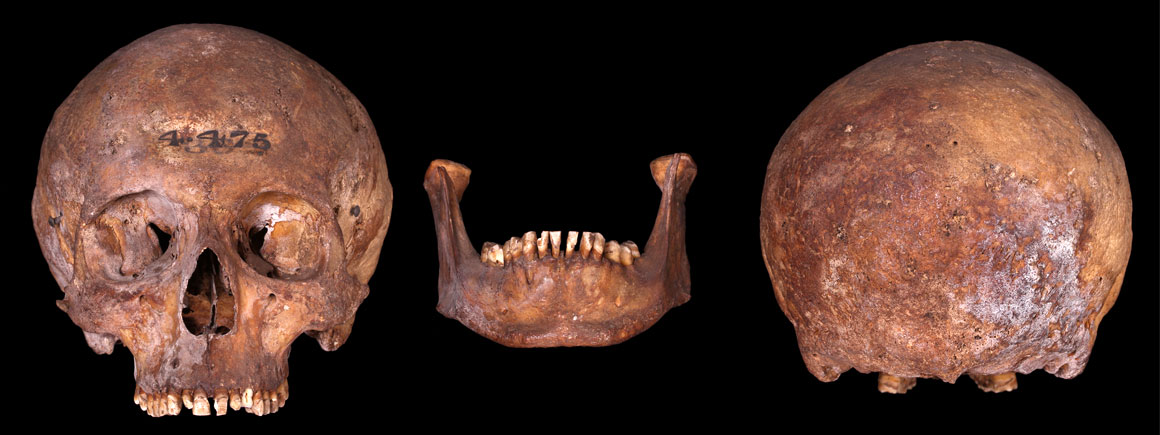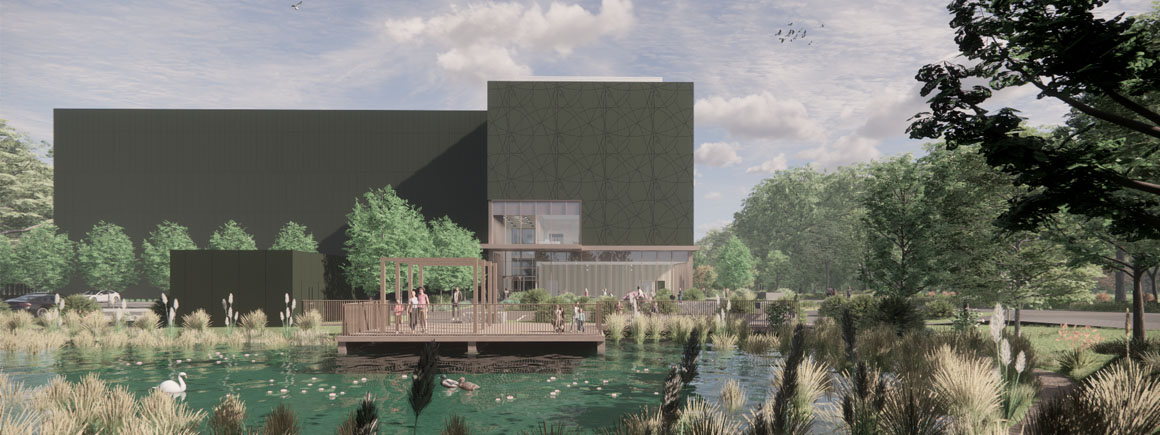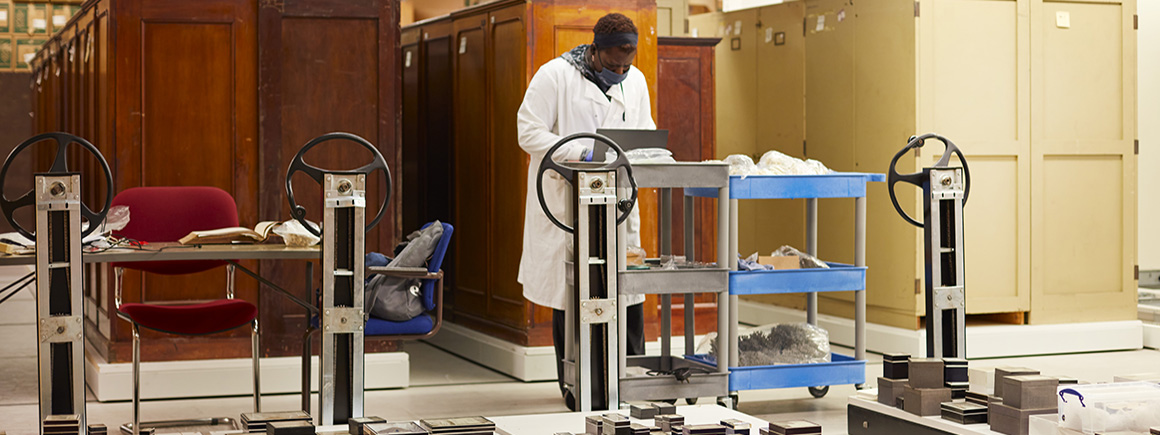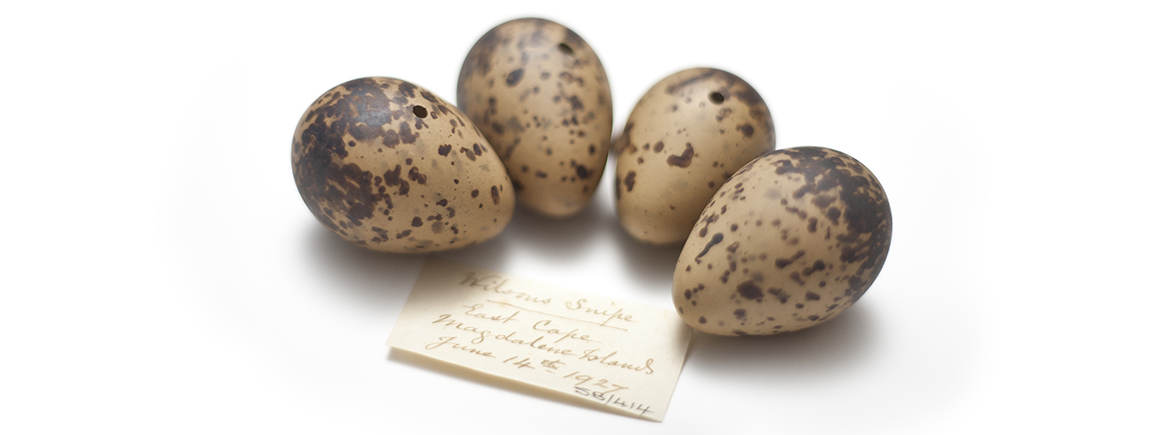Individuals
1

A skull discovered at Ebenezer Chapel.
1
1
In 1913 a skull was found under post-medieval building foundations at the site of Ebenezer Chapel (London E1).
The remains exhibit pathological changes related to the tertiary phase of syphilis.
Ebenezer Chapel was a built in the 1870s replacing a previous chapel built in 1785. It subsequently fell into disrepair, was then used as a school, and finally deserted in the 1890s.
The Chapel was located between Lowood Street and The Highway (London), now the site of a community centre.
An overcrowded private graveyard about 220 yards in size surrounded the chapel, but it was closed around 1850 with the passing of the Burial Acts.
In 1913 a cranium was found under the foundation of the chapel's prior building.
Based on it location, the skull was dated to the eighteenth century or earlier the post-medieval.
The specimen was donated by the Royal College of Surgeons to the Natural History Museum in 1948 as part of the Frank Corner Collection (FC Addn. 338.2)
A cranium and mandible of an adult male. The cranium exhibits pathological changes from a severe case of tertiary syphilis.
On much of the surface there are reactive bone changes, a number of lytic lesions as well as considerable healing. There is diffuse sclerotic reaction causing thickened and nodular bone as well as stellate scarring.
Porosity is present on the ecto-and endocranial surfaces of the skull and there is increased vascularisation within the left orbit.
This suggests this individual suffered from further poor health and diet, including possible metabolic disease or non-localised infection.
There are also linear enamel hypoplasias on the upper incisors and canines, a dental defect representing disruptions to health during childhood.
The London human remains collection have been digitised
If you would like to use any specimens for research, please get in touch

Access to some collections will be affected as we prepare for the move to our new collections, science and digitisation centre.

Scientists and collections management specialists can visit the collections and borrow specimens for research.

Our duty is to provide a safe and secure environment for all of our collections.